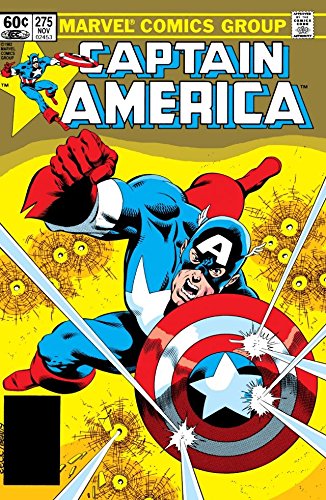How Superhero Comics Have Battled White Supremacy
From their earliest days, comic books have been more
than escapist entertainment—they’ve been battlegrounds for justice. While
superheroes often punch out bank robbers and alien invaders, some of their most
powerful stories involve confronting real-world hate, especially white
supremacy. This blog explores how comics have historically tackled racism
head-on, and why these stories matter now more than ever.
A Legacy of Resistance
1940s: Punching Nazis in the Face
The fight began with Captain America’s iconic debut in Captain
America Comics #1 (1941), where he’s shown socking Adolf Hitler. This
wasn’t just propaganda—it was a bold statement from Jewish creators Joe Simon
and Jack Kirby during a time when America hadn’t yet entered WWII.
1960s–1980s: Allegory and Activism
As civil rights movements gained momentum, comics
evolved. The X-Men, created in 1963, became allegories for marginalized groups.
In X-Men: God Loves, Man Kills (1982), the team faces off against a
religious zealot who preaches mutant genocide—mirroring real-world hate speech.
Captain America’s 1980s run also took a darker turn. In
Captain America #275–278, Steve Rogers battles the National Force, a
neo-Nazi group using mind control and racial violence to spread terror.
Black Heroes, Real Struggles
·
Steel (1994): John Henry Irons, a Black
engineer turned superhero, fights gang violence and systemic racism in
Metropolis.
·
Icon (Milestone Comics, 1993): A
conservative Black alien superhero grapples with race, class, and justice in
urban America.
·
Truth: Red, White & Black (2003):
This Marvel miniseries reveals the U.S. government’s unethical testing of the
Super-Soldier Serum on Black soldiers, inspired by the real-life Tuskegee
experiments.
Modern Reckonings
·
Absolute Batman 2025 Annual #1 (2025)
Batman confronts white supremacists in Slaughter Swamp, including Neo-Nazis and
KKK members. The story is raw, stylized, and unapologetically political,
echoing the urgency of our times.
·
The American Way (2006)
Set in the 1960s, this WildStorm/DC series critiques government manipulation
and racial unrest, introducing a Black superhero to a white team to pacify
civil rights protests.
·
Black Panther (Ta-Nehisi Coates run,
2016–2021)
While not always direct, Coates’ run explores colonialism, racial supremacy,
and resistance through Wakanda’s global interactions.
Why These Stories Matter
Comics are cultural mirrors. When superheroes confront
white supremacy, they challenge readers to do the same. These stories don’t
just entertain—they educate, provoke, and inspire. They remind us that the
fight against hate isn’t just in the streets—it’s in our stories, our symbols,
and our imaginations.
Recommended Reading List
About the Author
Daryl Horton is a technical and creative writer who is
passionate about being creative. He has comprehensive training in business
information management, information systems management, and creative and
technical writing. Daryl has the knowledge and skills to help organizations
optimize their performance and maximize their potential. He spent several years
in a Knowledge Management PhD program at Walden University, nearly completing
it, but resigned from the program during his dissertation phase to pursue his
passion for creativity (http://www.abolitic.com/). Despite his love for
creativity, he often finds himself participating in groups where his technical
experiences add value.
You can find more information about Daryl Horton on his
LinkedIn page at https://www.linkedin.com/in/darylhorton/.







No comments:
Post a Comment